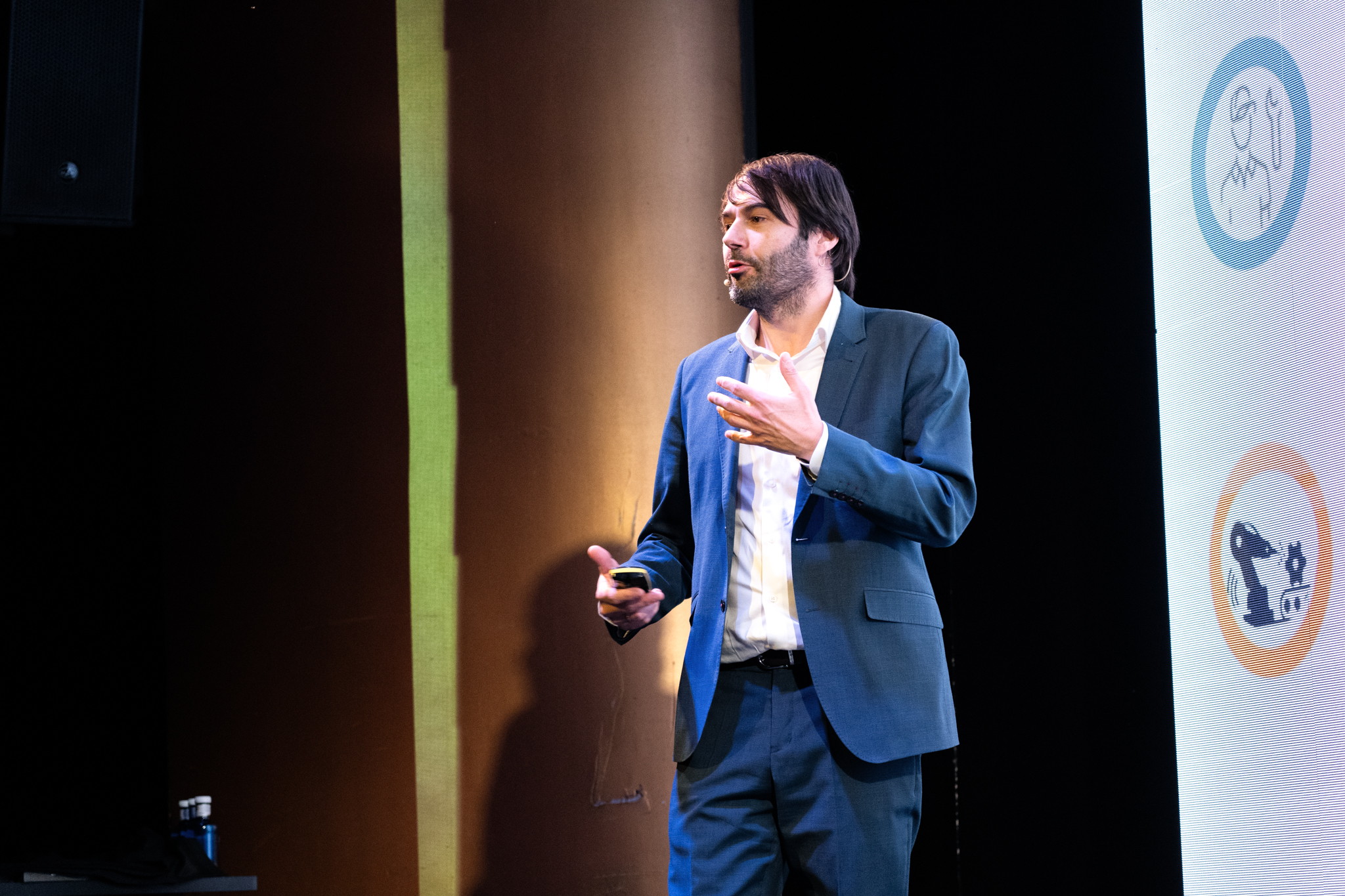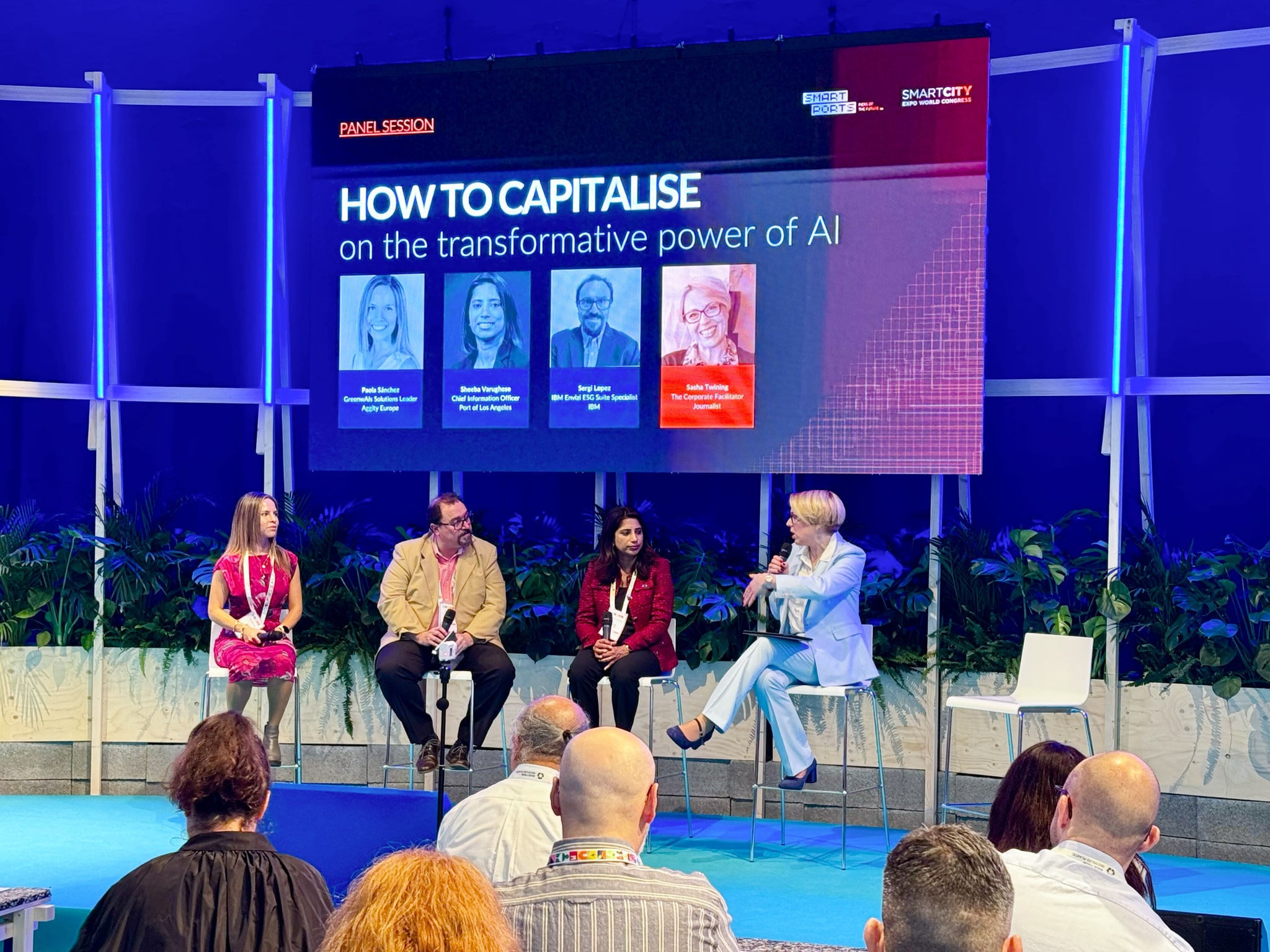Predictive analytics in digital transformation

Predictive analytics in digital transformation is an indispensable resource for companies seeking to boost their digitization processes and optimize business and operations. Through advanced data analytics techniques, business leaders can anticipate trends, forecast demands, and make informed decisions that improve performance and sustainability.
Tabla de contenidos
ToggleDiscover how predictive analytics is driving transformation in business and operations.
In this content we will explore the fundamentals of predictive analytics, its applicability in various industries, and future trends. You will find out what predictive analytics is and how companies in different industries are implementing it.
Introduction to predictive analytics
Predictive analytics is a type of data analysis that employs statistics, big data, machine learning data mining or predictive algorithms, among other techniques, to predict what may happen in the future and make data-driven decisions that will give the organization a competitive advantage.
For predictive analytics to work, a number of important conditions must be met: the main, obvious one is that the data must be of good quality. The basis on which any type of data analytics is based is that the data is correct and complete, otherwise the decision making will be wrong. On the other hand, the use of machine learning algorithms will allow the optimization of operations and the appropriate trend analysis.
Importance in business and operations
Predictive analytics is becoming increasingly important for organizations in different sectors, which see in the so-called business intelligence an essential element to realize a more effective business intelligence trend analysis, a sales forecasting, predictive modeling, behavioral analysis and market analysis, and time series analysis.

Already making use of predictive analytics in their business strategy are sectors such as healthcare, where it is used to identify patterns in medical data and predict disease; marketing, where predictive analytics can help to identifying potential customers, forecasting demand for products and services or in human resources, where it is used for predict job performance and improve hiring processes.
Industry use cases
Among all the sectors, the industrial sector is one of the ones that is using predictive analytics the most. Platforms such as Opera MES by aggityThe company has developed a new software, which facilitates the analysis and implementation of corrective actions and provides data in real time thanks to the use of machine learning, big data or the artificial intelligencehave become an essential ally for the development of the so-called Industry 4.0.
In general, companies in the industrial sector are employing predictive analytics to establish risk management and improve the supply chain. . One of the areas in which predictive analytics is being used most in the industry is to predict failures and problems in industrial machinery and equipment. Through the use of real-time and historical data, machine performance, environmental conditions and operating variables can be predicted and patterns suggesting impending problems can be identified.
In addition, the industrial sector uses predictive analytics to predict the demand for products and raw materials in the supply chain. Thanks to it, they can predict market trends and perform behavioral analysis, so that companies can optimize their inventories and adjust their production levels to meet expected demand. This helps to avoid excess or shortage of inventory, reducing warehousing costs and improving supply chain efficiency.

Future trends and conclusions
There is an essential element that will play an important role in the development of predictive analytics: big data. The ability of companies to store, manage and analyze huge amounts of data is enabling the growth of business intelligence. With its use, a much broader data visualization can be performed to make more effective decisions.
Últimos posts

aggity strengthens its commitment to sustainability as a SILVER partner of “Fundación Empresa & Clima”.

aggity participates in the IBM Ecosystem Summit 2024 with an applied case of Generative AI in the food industry

Aggity, together with the multinational Fortinet, present an exclusive event in Lima on the application of Generative AI in Corporate Cybersecurity.

aggity participates in Smart Ports: Piers of the Future

aggity Supports the Contigo Foundation at its Annual Dinner

Challenges and Opportunities of Generative AI in Industry: Our Experience at BNEW

Official Liferay Partner in Spain





